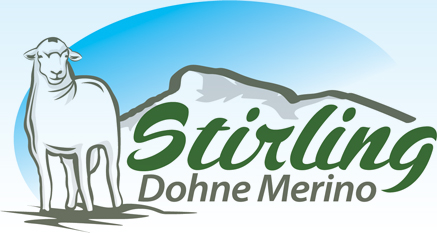Introduction
In 2005 when Stirling Dohne Stud started, I found the productivity of the breed almost mind-blowing but so were their faults. I took an early interest in muscle but then realized that the wool had to be corrected to sell them.
Around 2009 I employed classer Chris Bowman to fix wool weight and quality whilst I worked on NLW and Wean Ratio, but feet were the really big problem. Over the following 3 years I purchased 805 stud ewes from Uardry to bolster numbers and by 2015 went back to 100 embryo transfers per year till the present just to maintain numbers.
With lifetime NLW in the Wean Ratio family now averaging 148% and Wool Ratio in the 2 year ewes at over 8% I have settled back into 2 traits Wool Ratio and Wean Ratio which are sustainable without my 2020 ET Program of 100 ewes. Maintenance Ratio and Fat are the 2 backup traits.
Below are some rules that I follow.
The Select
- 2 Traits only, make them count, the rest becomes secondary.
- The classic salesman baits, listens then regurgitates, never show your hand first.
- Don’t forget conformation, barrell butt topline, face and feet.
- Preference an environment challenge system similar to your own.
- Real leadership is bottom up, you are the leader.
- Share decision making preferably with a good sheepclasser.
- Fault expresses in the expense column but also effects productivity.
- 30 percentile becomes 10 when a stud prioritizes your traits.
- ASBV’s for GFW and NLW are both notoriously inaccurate.
- ASBV’s for PWWT, PEMD and PGFW can and will drive adult weight.
The Challenge
- Selection will not develop fruit without challenge.
- Environment fouls the best DNA tests.
- Dohnes are high fibre and need protein challenge.
- Trait scoring works best within property.
- Below is a challenge list employed at Stirling Dohne Stud.
a. Whole stud grain ban since 2009.
b. Drench gun ban except in emergencies. Cydectin 5in1 used.
c. Whole stud footbath ban, except in emergencies.
d. Cattle use encourages long wet grass to challenge feet.
e. Lame sheep are relegated.
f. Multiple lambers are not separated. NLW is real.
Conclusion
Curative management treats the problems effects, preventative management treats the problems cause, challenge management eliminates the problem.
Challenge is the engine room of genetics development.
